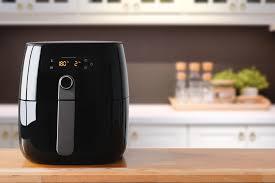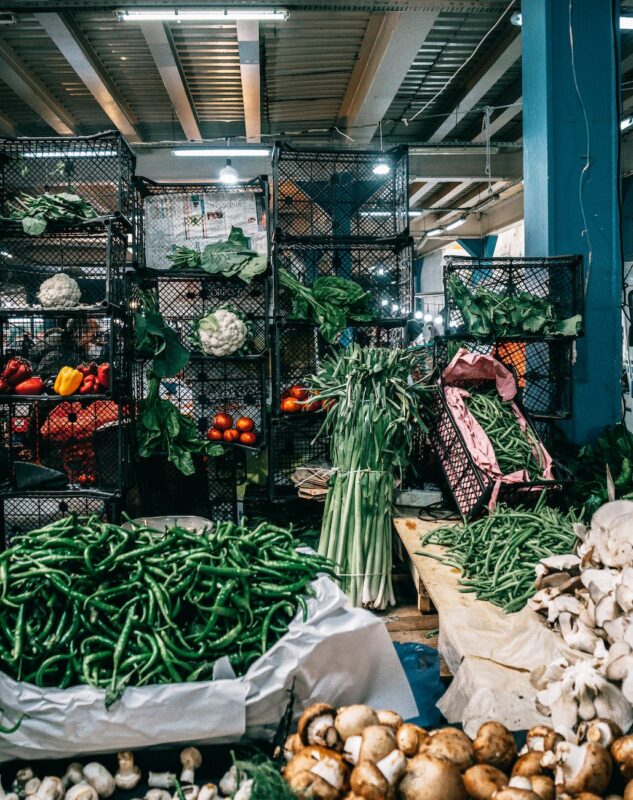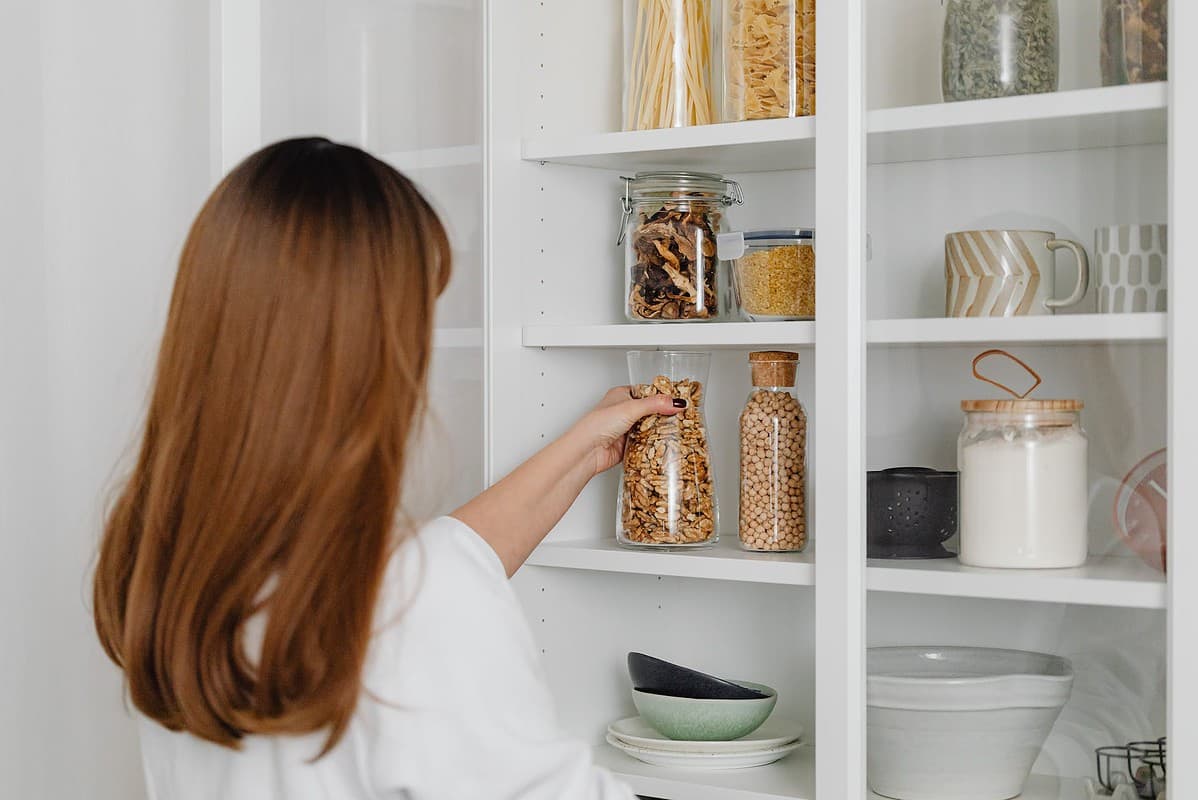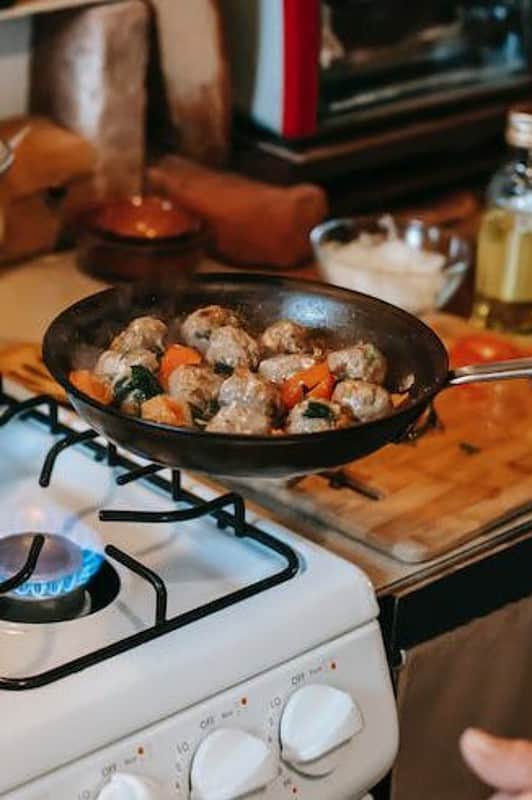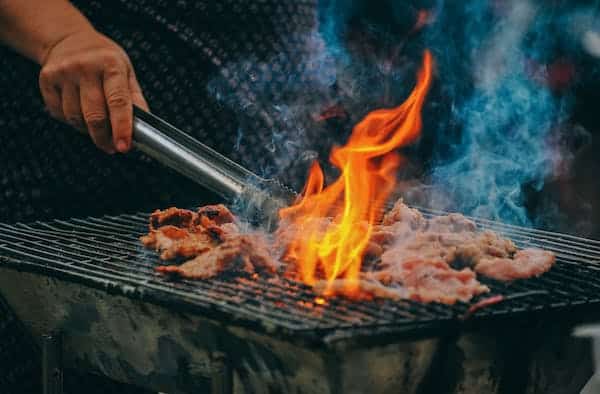A Guide to Handling Kitchen Knives Safely: Types, How to Use and Store them Safely
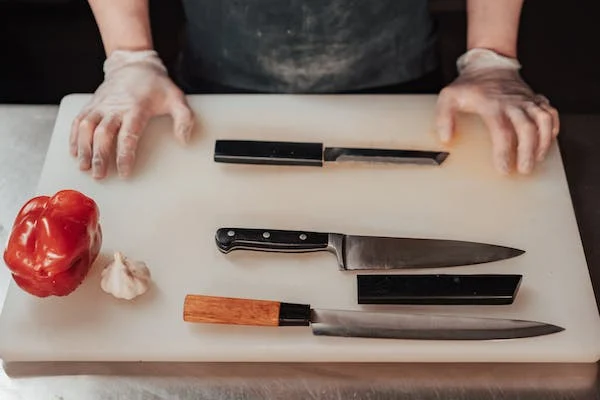
Handling kitchen knives in a commercial or food service kitchen like a hotel or restaurant is a vital skill every worker must learn.
It is important to learn the art of handling knives if you want to stay safe in the kitchen because many food workers are exposed to injuries and knife accidents in their day-to-day jobs, however, it is more important to learn about knives to know how to handle them, what type of knife to use for what food, and how to store them properly because in the long run that is the first step to staying safe—understanding the purpose of the tool.
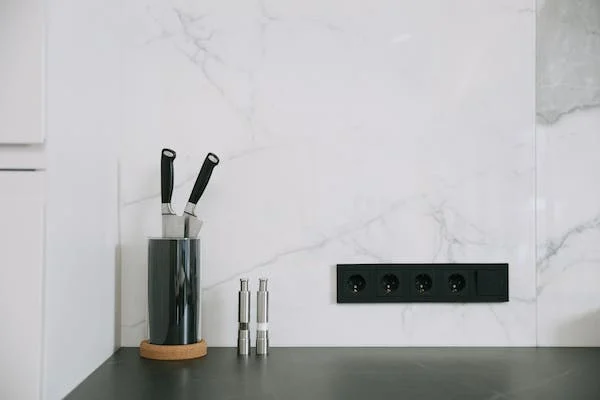
This article will serve as a guide for all you need to know about kitchen knife safety as a food service worker.
If you would like to shop for knives for your hotel or restaurant, check out our shop.
Shop Kitchen Knives for Hotel and Restaurants
Types of Kitchen Knives
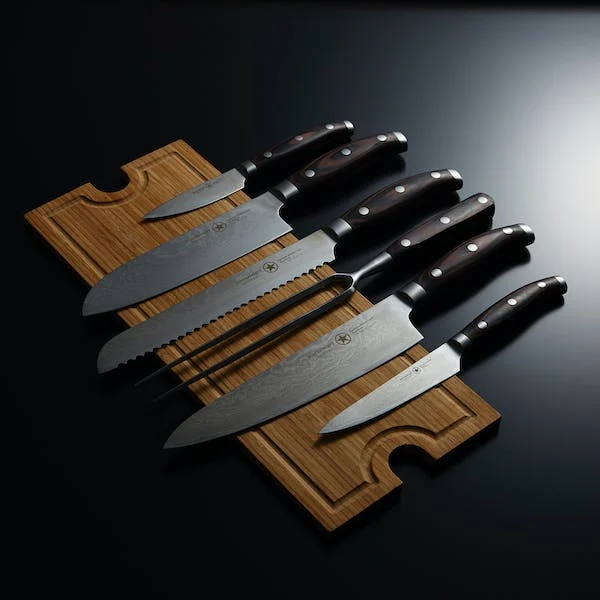
There are various types of kitchen knives, however, I will be sharing the 10 commonly used kitchen knives every commercial kitchen should have and what they are used for.
- Chef’s Knife
- Paring Knife
- Utility Knife
- Santoku Knife
- Bread Knife
- Cleaver
- Boning Knife
- Butcher Knife
- Cheese Knife
- Carving Knife
- Chef’s Knife
The Chef’s Knife is a prominent kitchen knife used mostly when cooking. It is an important knife in the kitchen. It can be used for cutting vegetables, spices, poultry foods, and other food ingredients during food preparation.
- Paring Knife
The Paring Knife usually comes in a small size. It is handy and can be used to cut, peel, chop, or trim food items. Usually, when I want to cook yam, I use the Chef’s knife to slice my yam because it is bigger, heavier, and sturdier. It also sinks into the yam easily, but when I want to peel the body of my already sliced yam, I like to use a paring knife. It works swiftly and because of its small size, I have more control over my knife work. You can also use it to cut your bell peppers and tomatoes.
- Utility Knife
The Utility knife on the other hand is a versatile knife that is medium-sized. It is the middle man between the Chef’s knife and the Paring Knife. It is slightly longer and thinner. It can be used to clean the inside of your meat or cut through your meat or bread. You can also use it to cut your orange and slice through your pineapple.
- Santoku Knife
Think Chef Knife but thinner. The Santoku Knife is a Japanese knife used for precision cutting in your tomatoes, boneless chicken, or meat (especially if you are planning to make shredded chicken), pepper, garlic, onions, etc. It can be used for fine and thin slicing.
- Bread Knife
The Bread knife has a saw-like carving. It is used for cutting bread, cake, tomatoes, soft meat, sandwiches, and any other soft food items that you want to cut through perfectly without spoiling.
- Cleaver
A cleaver has an axe-like shape. They are used for heavy-duty meat work in the kitchen. They are usually common in commercial kitchens or butcher shops. They can be used to chop or cut down big-boned chicken or meat. They can also be used to chop vegetables, crush nuts, or spices like ginger, garlic, etc.
- Boning Knife
Just like its name. It is a really flexible knife that comes in narrow or wide shapes. It is used for removing bones in meat, chicken, and fish.
- Butcher Knife
It is a fat knife with a little resemblance to the Chef’s knife but with a pointed tip. This knife is mostly used by butchers or chefs to slice meat parts or to cut a particular portion of a large quantity of meat.
- Cheese Knife
This is a peculiar small knife with holes on the inside. It comes in various designs. It is usually used to cut cheese, cake, boiled eggs, and soft food items.
- Carving Knife
The carving knife is usually used to cut or slice meat in a tailored form. This knife is usually straight and slimmer than most knives but big enough to cut up cooked meat.
How to use kitchen knives
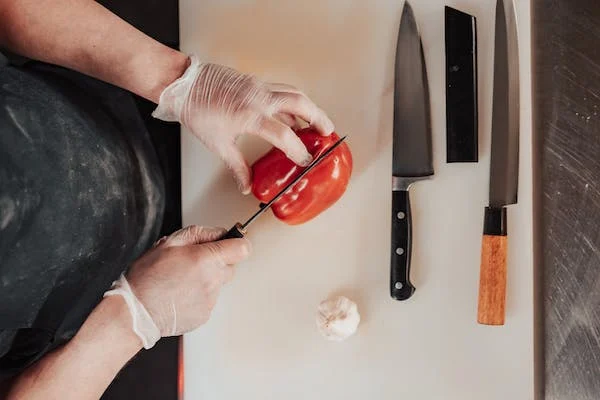
Here is how to use your kitchen knives correctly to prevent them from damaging or wearing off easily.
Always:
- Guide the other hand not holding the knife when slicing through meat or vegetables, and hold the knife handle firmly with the other hand.
- Cut on a chopping board for ease and to protect your hands.
- Keep the hand holding the food item away from the direction of the knife. Do this by putting all your fingers in, don’t leave them splaying around when using the knife.
How to stay safe when using kitchen knives

- Ensure all kitchen workers are trained in knife-handling skills
- Use chopping boards or cutting boards when using kitchen knives.
- Do not use your hand as a placement for what you are about to cut.
- Always ensure your knives are sharp. When it is blunt, you might apply a lot more force than usual which might damage what you are cutting or worse, injure you.
- Always use the right knife for the right food.
- Wear protective gear like gloves in your hands when handling big knives like the butcher’s knife or a cleaver. When boning, ensure your hand is protected.
- Don’t use knives with damaged handles. Get a new one.
- Store knives in the right place like storage boxes, woodblocks, or containers.
- Don’t leave knives in a place where they can easily fall off, always return back to their place.
- Don’t try to catch a knife when it’s about to fall.
- Instead of opening cans with a knife, get a can opener
- When clearing dishes or clearing the counter, don’t pick up knives together with other dishes or kitchen tools.
- Do not point the knife blade towards you or towards your face when cutting or holding. Point the blade downwards or away from you at all times.
- Always stay cautious and alert when handling a knife. Don’t get carried away or try to multitask.
- Don’t leave a knife on the floor or counter carelessly when not in use.
Tips for preventing your kitchen knives from rusting or spoiling

- Do not wash in a dishwasher. Wash knives with your hands
- Do not put it back in the storage when knife is still wet
- Wash immediately it is dirty.
- Don’t leave the knife in the water for too long
- Store in a dry place


